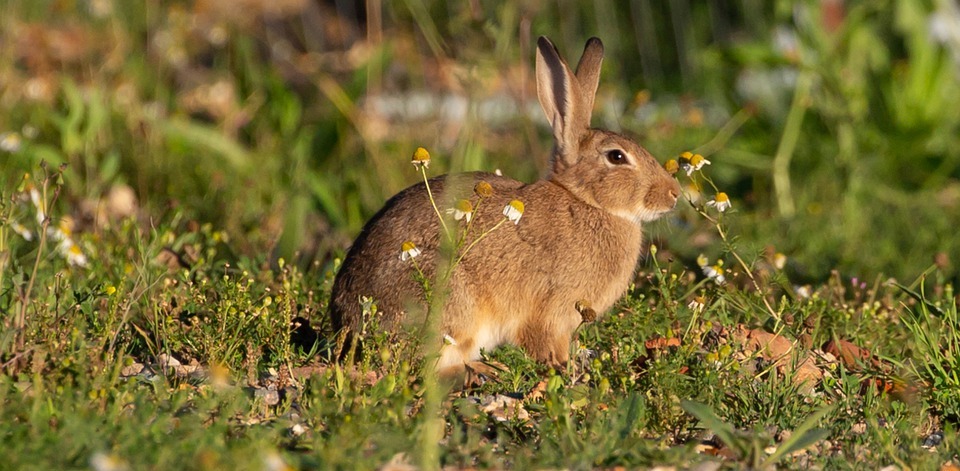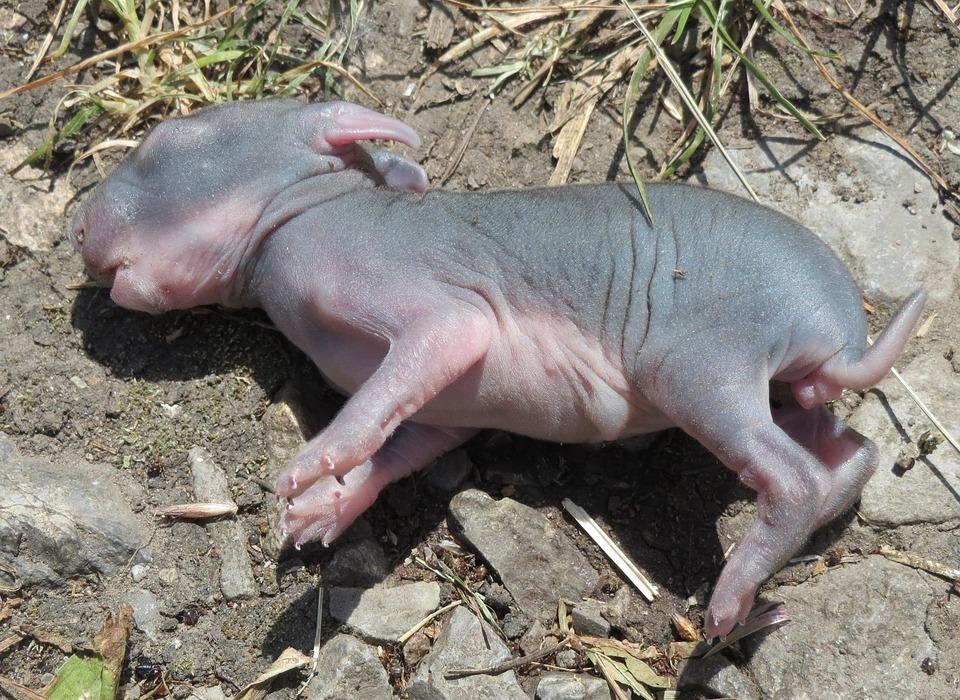This article explores the fascinating world of rabbits, delving into their preferred habitats, geographical distribution, and their unique burrowing behaviours. We'll journey from the lush meadows of Europe to the arid deserts of North America, examining how rabbits have adapted to diverse climates and the vital role burrows play in their survival.
Part 1: A World of Rabbits

1.1 A Diverse Family: Species and Traits
The rabbit family (Leporidae) boasts a wide array of species, each with unique adaptations and behaviours.
- European Rabbit (Oryctolagus cuniculus): This species, native to the Iberian Peninsula, is known for its iconic white tail and is the most widely distributed rabbit globally due to human introductions.
- Eastern Cottontail (Sylvilagus floridanus): This North American species is readily identified by its white tail with a black tip and is known for its ability to thrive in a variety of habitats.
- Black-Tailed Jackrabbit (Lepus californicus): This large rabbit, with distinctive black ears and a black tail, is well-adapted to arid environments in western North America.
- Snowshoe Hare (Lepus americanus): This species, known for its remarkable ability to change colour with the seasons, is found in northern forests of North America.
Part 2: The Perfect Habitat

2.1 Grazing Grounds: Meadows and Grasslands
Rabbits thrive in open, grassy areas, where they find ample food and shelter.
- Abundant Vegetation: Grasses, herbs, and wildflowers provide a rich source of nutrition for rabbits.
- Open Spaces for Movement: Meadows and grasslands allow for easy movement and exploration, facilitating foraging and escape from predators.
- Cover and Shelter: Patches of tall grasses, shrubs, and trees offer valuable cover from predators and elements.
2.2 Forests and Woodlands: A Mix of Food and Shelter
Rabbits can also adapt to forest environments, finding a balance of food and shelter:
- Edge Habitats: Forest edges, clearings, and areas with undergrowth provide ideal spots for foraging and nesting.
- Diverse Food Sources: Forests offer a wider range of plant life, including berries, leaves, and tree bark, supplementing their diet.
- Protection from Predators: The dense foliage of forests provides natural cover and hiding places, reducing predation risk.
2.3 Scrubland and Heathland: Adapting to Arid Conditions
Scrubland and heathland environments present unique challenges for rabbits:
- Dense Vegetation: These environments offer dense, interwoven vegetation that provides excellent nesting and shelter opportunities.
- Limited Water: Rabbits inhabiting these areas have adapted to survive with limited water, obtaining moisture from their diet and dew.
- Resilient to Drought: Their ability to thrive in dry, nutrient-poor soils highlights their remarkable resilience to harsh conditions.
2.4 Agricultural Fields: A Mixed Blessing
Agricultural fields offer a tempting source of food for rabbits:
- Abundant Crops: Crops like carrots, lettuce, and grains provide a rich and accessible food source for rabbits.
- Potential for Conflict: Rabbits' presence in agricultural fields can lead to crop damage, causing problems for farmers.
- Human-Modified Habitats: Agricultural practices, like pesticide use and monoculture cropping, can negatively impact rabbit populations.
Part 3: Burrow Engineering: A Home Underground
3.1 Building a Safe Haven: Burrow Construction
Rabbits are known for their complex and extensive burrow systems, crucial for their survival.
- Excavation: Rabbits use their powerful front paws to dig burrows, choosing loose soil, sandy areas, or even clay.
- Tunnel Network: Their tunnels can extend up to 5 meters deep and 30 meters long, with multiple entrances and interconnected chambers.
- Design and Purpose: Each chamber serves a specific purpose: a nesting chamber for kits, a latrine chamber for waste, and escape tunnels for predator evasion.
3.2 Life Below Ground: Benefits of Burrows
Burrows provide numerous advantages for rabbits:
- Predator Protection: The underground tunnels offer refuge from predators, especially aerial predators and ground-dwelling carnivores.
- Temperature Regulation: Burrows provide a stable and cool temperature, protecting rabbits from extreme heat and cold.
- Nesting and Raising Young: The nesting chambers within burrows provide a secure and protected environment for young rabbits.
3.3 Community Life: Warrens and Social Interactions
Rabbits are social creatures and often share burrows with other individuals or groups, forming warrens.
- Warrens: A warren is a complex network of interconnected burrows used by a rabbit colony.
- Social Hierarchy: Within a warren, dominant rabbits have access to the most desirable burrows and resources.
- Communication: Rabbits communicate through scent marking (urine and faeces), vocalizations (grunts, chirps), and body language.
Part 4: Global Distribution: From Europe to Asia
4.1 Native Ranges and Introductions
Rabbits have a diverse geographic distribution, both in their native ranges and through human introductions.
- Europe: The European rabbit is native to the Iberian Peninsula but has been introduced to various parts of Europe, Australia, and North America.
- North America: The Eastern cottontail is native to North America, while the Black-tailed jackrabbit and Snowshoe hare are found in specific regions.
- Australia: The European rabbit introduction in Australia in the 19th century has resulted in a significant invasive species, disrupting ecosystems and impacting native wildlife.
- Asia: Rabbits are found in various parts of Asia, including the Japanese rabbit (Pentalagus furnessi), found only in the Amami Islands.
4.2 Adaptability and Climate Tolerance
Rabbits have adapted to a wide range of climates, demonstrating their remarkable resilience:
- Temperate Climates: Many rabbit species thrive in temperate regions with moderate temperatures and rainfall.
- Arid Climates: Rabbits like the Black-tailed jackrabbit have adapted to dry, arid environments, with physiological mechanisms for water conservation.
- Cold Climates: Species like the Snowshoe hare have developed adaptations to survive in cold climates, including thick fur for insulation and white fur for camouflage in snow.
Part 5: The Impact of Humans
5.1 Habitat Loss and Fragmentation
Human activity poses significant threats to rabbit populations, leading to habitat loss and fragmentation.
- Urbanisation: The expansion of urban areas has resulted in the destruction of natural habitats, leaving rabbits with less space for foraging and breeding.
- Intensification of Agriculture: Modern farming practices, like pesticide use and monoculture cropping, have reduced the diversity and abundance of natural vegetation, negatively impacting rabbit populations.
- Habitat Fragmentation: The division of natural landscapes by roads, fences, and development creates isolated rabbit populations, hindering gene flow and increasing vulnerability.
5.2 Disease and Parasites
Rabbits are susceptible to various diseases and parasites, some of which have been exacerbated by human activities.
- Myxomatosis: A viral disease introduced to Europe in the 1950s to control rabbit populations, it has caused significant declines in rabbit numbers.
- Rabbit Haemorrhagic Disease (RHD): Another viral disease, RHD can be fatal to rabbits. Its spread is linked to human activities, like the movement of infected rabbits or carcasses.
- Parasites: Rabbits are host to various parasites, including fleas, ticks, and mites, which can affect their health and survival.
5.3 Conservation Efforts: Protecting Rabbit Populations
Conservation efforts are crucial to protecting rabbit populations and their habitats.
- Habitat Restoration: Projects focus on creating and restoring suitable habitats for rabbits, like planting native vegetation and managing farmland for biodiversity.
- Disease Control: Research and vaccination programs are being developed to combat diseases like myxomatosis and RHD, reducing their impact on rabbit populations.
- Responsible Pet Ownership: Ensuring responsible pet ownership of domestic rabbits is crucial to preventing the introduction of diseases and maintaining healthy rabbit populations.
- Education and Awareness: Raising awareness about rabbit conservation and the importance of their role in ecosystems is crucial to promoting responsible management practices.
Part 6: FAQs
6.1 What is the lifespan of a rabbit?
The lifespan of a rabbit varies depending on the species and environmental factors. In the wild, rabbits typically live for 1-2 years, while domestic rabbits can live for 5-10 years with proper care.
6.2 Do rabbits hibernate?
Rabbits do not hibernate in the true sense of the word. However, they may become less active during cold weather, spending more time in their burrows to conserve energy.
6.3 What do rabbits eat?
Rabbits are herbivores and primarily feed on grasses, herbs, and other vegetation. They also consume bark, twigs, and roots. Domestic rabbits require a diet of hay, fresh vegetables, and commercially available rabbit food.
6.4 How do rabbits communicate?
Rabbits communicate through a combination of scent marking, vocalizations, and body language. They use urine and faeces to mark their territory and signal their presence to other rabbits.
6.5 Are rabbits social animals?
Rabbits are social animals and live in groups called warrens. They have complex social interactions, including hierarchies and communication systems.
6.6 How do rabbits protect themselves from predators?
Rabbits have various strategies for avoiding predators, including burrowing, camouflage, speed, and agility. They also use their strong hind legs to kick and defend themselves when cornered.
6.7 What are the common threats to rabbit populations?
Rabbit populations face several threats, including habitat loss, disease, predation, and human activity such as hunting and trapping.
6.8 How can I help protect rabbits in my area?
You can help protect rabbits by supporting conservation efforts, maintaining healthy habitats, and educating others about rabbit conservation. You can also practice responsible pet ownership if you have a domestic rabbit, ensuring its well-being and preventing the spread of diseases.
Everyone is watching
-

Do Rabbits Lay Eggs? (The Surprising Truth)
OTHER TYPES OF PETSThis article will unravel the common misconception that rabbits lay eggs, exploring the fascinating world of r...
-

What's a Group of Rabbits Called? (A Comprehensive Guide)
OTHER TYPES OF PETSThis article delves into the fascinating world of rabbits, exploring the various terms used to describe a grou...
-

Can Rabbits Eat Grapes? A Guide to Safe Rabbit Treats
OTHER TYPES OF PETSThis comprehensive guide will explore the safety and suitability of grapes for rabbits, providing detailed inf...
-

Predators That Hunt Rabbits: A Guide to Natural Enemies
OTHER TYPES OF PETSI've always been fascinated by the circle of life, that delicate dance between predator and prey. Growing up ...
-

Are Rabbits Nocturnal Animals?
OTHER TYPES OF PETSThe question of whether rabbits are nocturnal animals is a fascinating one, with a surprisingly complex answer...
